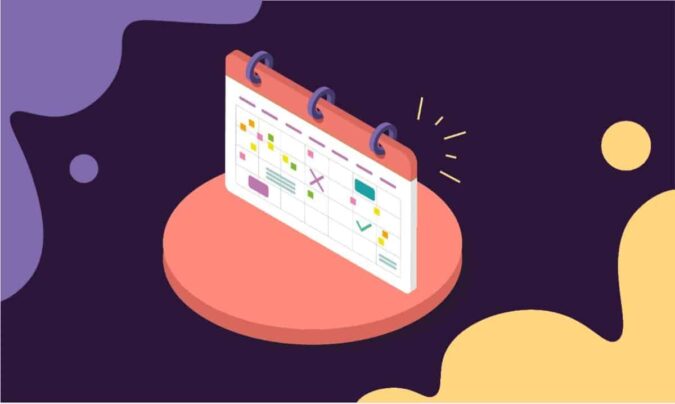As a project manager, you’re constantly negotiating to find the best resources for your team. That’s because having the right resources can make or break a project.
Resource capacity planning tools help ensure that your business and projects always stay on top of resource requirements and capacity challenges.
In this article, you’ll learn about the tools that help you plan and manage your team’s capacity. You’ll also learn:
- What is capacity planning?
- Why is capacity planning important?
- What are the types of capacity planning?
- What are the factors that affect capacity planning?
Let’s get started.
What is capacity planning?
Organizations and teams need to find the right resources at the right time to deliver projects. These resources can be people, tools, or budget.
Capacity planning is all about fulfilling this requirement. Formally, you can define capacity planning as:
Capacity planning is the process to determine and meet an organization’s resource capacity needs.
Having access to the right resources at the right time ensures on-time delivery with quality. On the other hand, not having access to resources may delay or derail your project completely.
Why is capacity planning important?
Making plans for capacity utilization helps businesses optimize operations. Also, it helps them understand the budget requirements for acquiring, allocating, and managing resources.
For project teams, not having the right resources results in either poor delivery quality or an overworked team.
According to the Global Work Culture Report for 2020, over 79 percent of employees experience some kind of burnout. Burnout severely affects your employees. Such employees are:
- 2.6 times as likely to leave their current employer
- 220 percent less engaged
- 210 percent less likely to promote the business
Now that you understand why capacity planning is important, let’s look at its types.
What are the types of capacity planning?
There are three types of capacity modeling techniques depending on:
- planning level,
- capacity goals,
- and, strategies used.
Based on the capacity planning level
- Capacity planning at organization level: In this process, the organization determines if it has enough skilled people. It also helps decide if a hiring process needs to be initiated.
- Resource allocation at the project level: At the project level, a manager identifies the available resources within the organization and requests allocation for a project. Learn more about resource allocation here.
- Workload management at an individual level: To prevent burnout, you need to monitor your team members individually. This ensures team members are neither overwhelmed nor underworked.
Based on the capacity goal
- Short-term capacity: Based on customer demand or seasonality, teams may bulk up or reduce the number of people. Short-term capacity plans can be for a day, week, month, or sometimes even a quarter.
- Medium-term capacity: Typically used for projects that range from a year to three years.
- Long-term capacity: Depending on the type of industry, the period for this kind of planning varies. Often experts look at industry trends and forecast the need for capacity. Capacity is then planned based on the forecasts.
Based on capacity fulfillment strategy
- Lead capacity strategy: This involves aggressively increasing capacity in anticipation of demand. It follows that this strategy often results in underutilized capacity.
- Lag capacity strategy: On the other hand, with the lag capacity strategy you’ll only increase capacity when you see actual demand. This means, this strategy sometimes results in overworked teams or alternatively, delayed projects.
- Match capacity strategy: This involves increasing the capacity in small increments in anticipation of demand.
What are the factors affecting team capacity planning?
At the most basic level, demand and availability affect capacity planning. When it comes to team projects, three other factors must be considered.
- Project schedule: The project schedule dictates what resources are required, when they are required, and in what number.
- Human resource factors: Compensation, training, retention of people within an organization directly affects capacity planning.
- External factors: Government policies, union laws, and budget cycles too can influence capacity planning.
What are the steps involved in resource capacity planning?
Now that we know what capacity planning is, let’s look at the steps involved:
- Measure current capacity: First, you’ll need to know the existing capacity. That way, you can optimize the required resources for your project.
- Determine demand: Second, look at a project schedule and resource availability to estimate the demand for new resource capacity. You may also want to look at external factors when estimating this demand.
- Identify consolidation opportunities: Third, find out if you can rejig the existing resources to meet the demand. Look at underutilized team members who can fulfill the demand.
- Make a capacity plan: Next, create a plan outlining the actionable steps you need to take to fulfill the demand for current and anticipated needs.
- Finally, take action.
Capacity planning is an ongoing activity. This means you need to regularly check current capacity and create plans to meet future demand. But, using the right tools, this should be a smooth process.
5 of the best resource capacity planning tools
So far, we’ve learned about capacity planning. Also, we learned about the process and the types of capacity planning.
Now, let’s look at a few tools that can make this process easy. We’ll consider five tools — from simple to complex. And while some tools cost nothing, the enterprise tools can cost a few thousand dollars.
1. Toggl Plan — Simple Project, Task & People Management
Toggl plan is a simple project planning and execution tool. But, it also helps in team capacity planning and workload management.
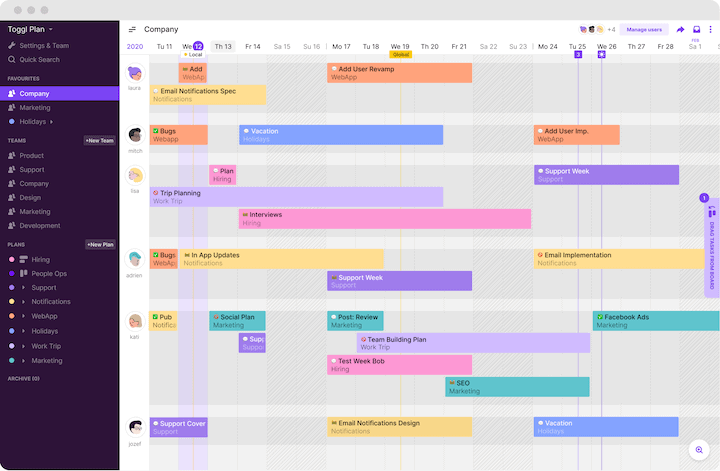
It helps manage team resources using the team timeline view. The team timeline view shows:
- A big picture overview of who’s working on what, across projects. That way, you can which team members are spread too thin.
- Task estimates to help find over/under-worked team members.
- Tem member vacation and holiday plans, so you can plan around unavailability.
You can also zoom in on a week, month, quarter, or look at an entire year. This makes goal-based capacity planning easy — short, medium, or long term.
In addition, Toggle Plan’s Project timeline makes it a breeze to create a project schedule. Tasks are assigned to team members on the plan timeline schedule. These assigned tasks automatically sync with the team timeline.
Pricing
Toggl Plan is a simple project tool that includes project planning, task management, and people management.
It has a free plan for individual users with unlimited project plans. For teams, paid plans start at $9 per user, per month. And come with a 14-day free trial.
Spreadsheets (MS Excel, Google Sheets, or OpenOffice Calc)
Spreadsheets are extremely versatile tools for capacity planning. Whether you want to keep track of capacity or forecast demand, a spreadsheet can help. You can create your own layout or choose from the many available templates on the internet.

However, keeping spreadsheets up to date and error-free can be quite challenging. Sharing spreadsheets further complicates the updating process.
Plus, with each project having its own spreadsheet, it can be challenging to manage resources work across teams.
Pros
- Most teams already use spreadsheets.
- Lots of templates are available online. So, you don’t have to start from scratch.
Cons
- Keeping sheets up to date, and tracking changes can quickly become a nightmare.
- Working across teams is almost impossible.
Pricing
A spreadsheet software is a part of your office suite. So, you don’t need to pay extra for it. The cost of your spreadsheet software depends on what office suite you use. It can be anything from free to a few hundred dollars a year for a small team.
Teamup — Shared online calendar for teams
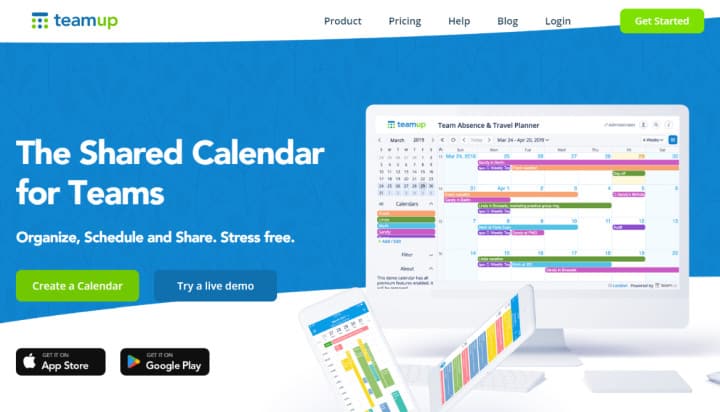
Teamup is a shared calendar for teams.
Work can be scheduled by people, places, and events on color-coded sub-calendars.
However, Teamup quickly gets cluttered if you have a largish team or work across multiple projects. Also, there’s no way you can zoom in or out to get a quick overview of an individual’s capacity.
Pros
- A useful calendar view to schedule team meetings and events.
- Color-coded plan sub-calenders help manage visually.
Cons
- No way to get a long-term or short-term overview of work capacity.
- Most office suites come with a calendar app, So, you may not want to invest a separate team calendar.
Pricing
The free plan is limited to 8 sub-calendars. Premium plans start at $8 per month.
2Plan — Open source project planning software
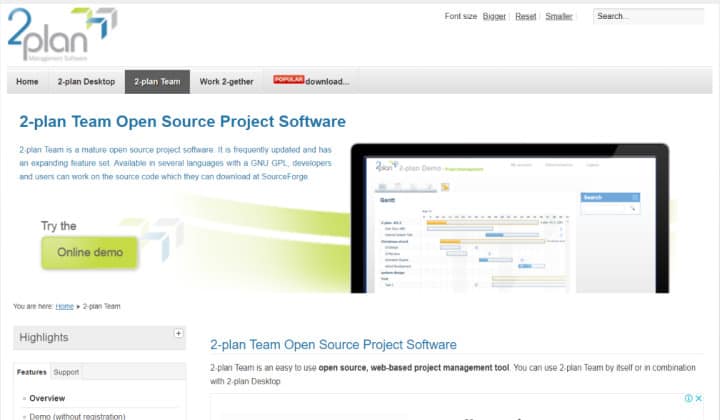
2Plan is an open-source project planning software. Like most open-source tools, it lacks the user interface and experience that helps your team get on board quickly.
That said, 2Plan has similar features to Toggl Plan.
On the plus side, it includes rudimentary time tracking features. But, it’s not a hosted solution. This means you’ll have to download, install, and maintain the software on your own.
Pros
- Open-source & free.
- Comes with a desktop version for single users.
Cons
- Poor user experience. This means you’ll spend more time onboarding your team.
- You’ll have to do the installation and maintenance of the tool.
Pricing
2Plan is a completely free, open-source capacity planning software.
Saviom — Enterprise resource planning tool
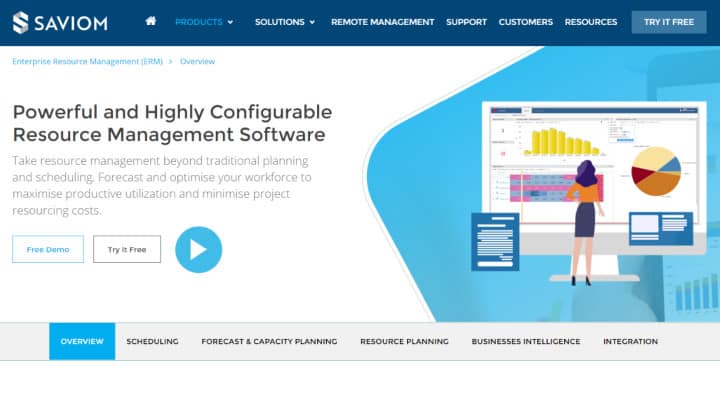
Saviom is a capacity planning tool for large enterprises with formal operational efficiency improvement programs.
It comes with all the features for optimizing resource utilization. Because of which, small and medium teams may find the user experience and the price intimidating.
Pros
- Complete resource management tool.
- Best for enterprise users.
Cons
- The user interface can be intimidating for small/medium tools.
- Onboarding requires formal education in resource management.
Pricing
Being an enterprise tool, Saviom’s pricing is not publicly available.
Conclusion
Capacity planning helps your team deliver projects by finding the right resources at the right time.
We looked at what capacity planning is, and how it’s done. Also, we looked at the types and strategies for managing resource capacity. Plus, we looked at the factors that affect it.
Capacity planning tools can simplify this process for you.
There are a few resource management and capacity planning tools out there. But, if you’re looking for a simple project, task, and people management tool, please consider Toggl Plan.
Get started with Toggl Plan for free.
Jitesh is an SEO and content specialist. He manages content projects at Toggl and loves sharing actionable tips to deliver projects profitably.
